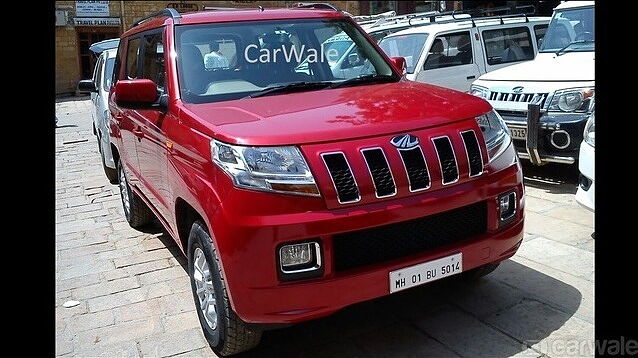
Let us be upfront and tell you that there's no confirmation from Mahindra & Mahindra on this, but the pattern in naming strategy for Mahindra SUVs is clearly emerging. After the launch of the XUV500, Mahindra has clearly taken a liking for alpha-numeric names. And, its next SUV, the TUV300, further clarifies this.
But, how does it work? What does XUV and TUV stand for? And what do numbers like 500 and 300 even signify?
To begin with, Mahindra SUVs will now be available in two body constructions - monocoque and body-on-ladder. All monocoque SUVs from Mahindra will carry the XUV abbreviation. XUV in Mahindra speak stands for Crossover Utility Vehicle or vehicles that use car-like monocoque construction. TUV on the other hand, which stands for Tough Utility Vehicle, signifies body-on-ladder construction. It's the old school way of making SUVs, but this sort of construction lends the SUV a higher level of ruggedness.
As a result, the XUV500 is a front-wheel drive, monocoque SUV, while the soon to be launched TUV300 is rear-wheel driven, body-on-ladder SUV.
But, what about the numbers 500 and 300, you might ask? Well, the numbers signify the class of cars. Much like BMW cars wherein the 1 Series is smaller and more affordable than the 3 Series, and the 3 Series is smaller and more affordable than the 5 Series, Mahindra SUVs too will follow the same pattern. So, an SUV carrying 500 in its name will be larger and more expensive than the 300.
So, what does the future of Mahindra SUVs look like then? In the near future, Mahindra will operate in three classes (in descending order of price and size) - 500, 300 and the soon to be revealed 100.
The 100 will include SUVs that will take on compact sedans, so they might be under 4m in length and will only come with a 1.5-litre diesel, and possibly even a 1.2-litre petrol engine. The 100, again will be available in two forms - the XUV100 in monocoque form and the TUV100 in body-on-ladder form. The TUV100, we believe will be the replacement for the Quanto, since the latter nameplate hasn't done well at all since its launch.
Meanwhile, the 300 series of SUVs too will be available in XUV300 and TUV300 forms. The TUV300 is due for a launch next week and you can read more about it here (5 things about Mahindra TUV300 you didn't know, Mahindra TUV300: Cheapest automatic SUV, Mahindra TUV300 photo gallery). It is a rear-wheel drive, body-on-ladder frame, rugged SUV. But, with its straight cut looks, it is more utilitarian than lifestyle.
The XUV300, which we might see in the later part of 2016, will follow the XUV500 in terms of styling. It will be more edgy and butch, and will take on the likes of the Renault Duster and Hyundai Creta both in terms of size and positioning.
So, to conclude, this is how the Mahindra SUV line-up will look like in the near future...
XUV500: In a segment of its own.
TUV500: Will co-exist with the Scorpio, but will be priced higher to take on the likes of the Tata Safari Storme.
TUV300: A more urban version for the Mahindra Bolero, it too sits in a class of its own.
XUV300: This will be more expensive than the TUV300, and will be direct competition to the Hyundai Creta; styling, comfort, NVH, all included.
XUV100: Due for launch at the Auto Expo, it will compete against the Ford EcoSport; will be under 4m in length, and because it will be more car-like, might challenge compact sedans too.
TUV100: This will replace the Quanto. And should sell along side the XUV100 in terms of size and price to will give Mahindra a two-pronged strategy to take on the highly lucrative sub-4m class.


![Mahindra XUV500 [2015-2018] Image Mahindra XUV500 [2015-2018] Image](https://imgd.aeplcdn.com/272x153/cw/ec/18784/Mahindra-XUV500-Right-Front-Three-Quarter-95199.jpg?wm=0&q=80)
![Mahindra TUV300 [2015-2019] Image Mahindra TUV300 [2015-2019] Image](https://imgd.aeplcdn.com/272x153/cw/ec/19781/Mahindra-TUV300-Exterior-114026.jpg?wm=0&q=80)
![Mahindra KUV100 [2016-2017] Image Mahindra KUV100 [2016-2017] Image](https://imgd.aeplcdn.com/272x153/cw/ec/31367/Mahindra-KUV100-Exterior-109230.jpg?v=201711021421&q=80)

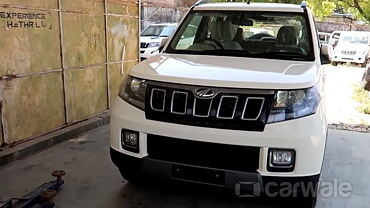








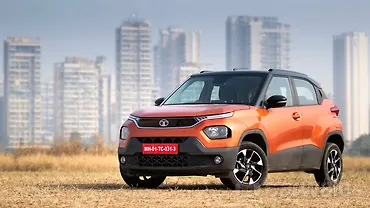
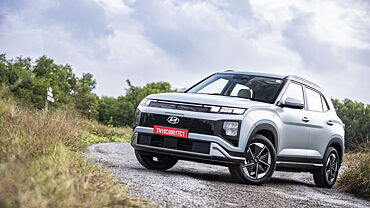

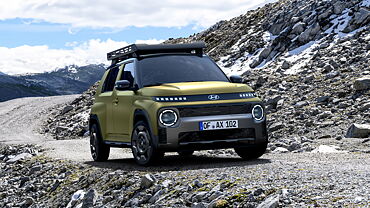

![Mahindra XUV500 [2015-2018] Right Front Three Quarter Mahindra XUV500 [2015-2018] Right Front Three Quarter](https://imgd.aeplcdn.com/199x112/cw/ec/18784/Mahindra-XUV500-Right-Front-Three-Quarter-95199.jpg?v=201711021421&q=80)
![Mahindra XUV500 [2015-2018] Right Front Three Quarter Mahindra XUV500 [2015-2018] Right Front Three Quarter](https://imgd.aeplcdn.com/199x112/ec/16/85/18784/img/m/Mahindra-XUV500-Right-Front-Three-Quarter-52004_ol.jpg?v=201711021421&q=80)
![Mahindra XUV500 [2015-2018] Right Front Three Quarter Mahindra XUV500 [2015-2018] Right Front Three Quarter](https://imgd.aeplcdn.com/199x112/ec/16/85/18784/img/ol/Mahindra-XUV500-Right-Front-Three-Quarter-52006.jpg?v=201711021421&q=80)
![Mahindra XUV500 [2015-2018] Interior Mahindra XUV500 [2015-2018] Interior](https://imgd.aeplcdn.com/199x112/cw/ec/18784/Mahindra-XUV500-Interior-104087.jpg?v=201711021421&q=80)
![Mahindra XUV500 [2015-2018] Interior Mahindra XUV500 [2015-2018] Interior](https://imgd.aeplcdn.com/468x263/cw/ec/18784/Mahindra-XUV500-Interior-104088.jpg?v=201711021421&q=80)
























